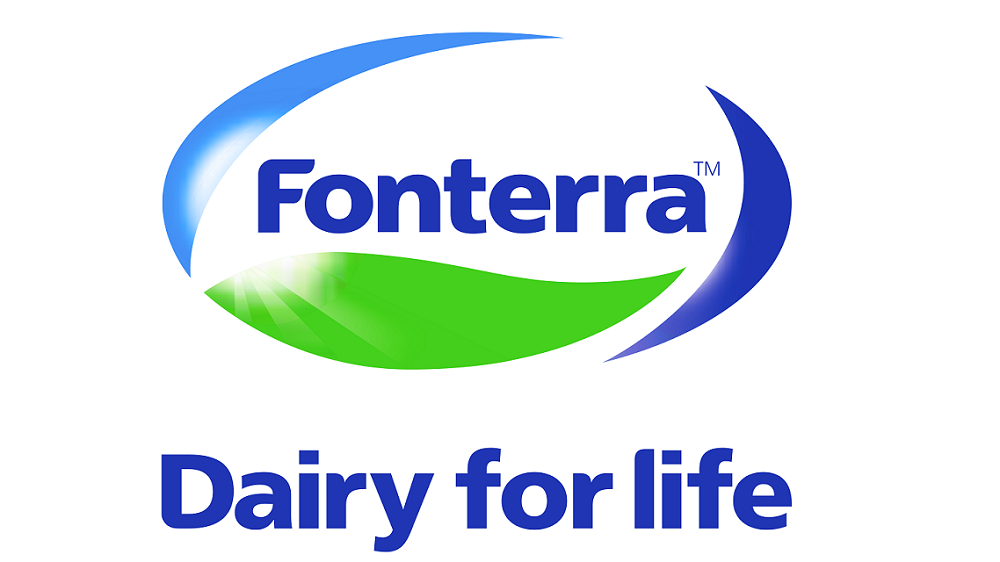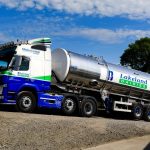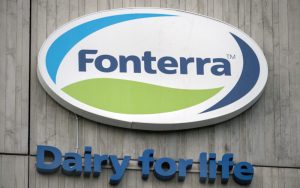
Credit rating agency S&P Global Ratings believes Fonterra would be “willing and able” to adjust its milk prices paid to farmers in future in order to support debt servicing requirements.
S&P, which has an A- rating (ratings explained here) for Fonterra, sees the flexibility the dairy co-operative has in setting its milk price as enabling it to have a higher debt capacity than similarly rated peers.
“We assess Fonterra as having higher debt capacity because milk payments to its New Zealand supplier base are effectively subordinated to payments to other creditors,” S&P credit analyst Graeme Ferguson.
“Fonterra has a long-established track record of exercising its discretion over these supplier payments during and at the end of the season,” Ferguson said in an article on Fonterra. The article did NOT constitute a rating action.
Fonterra sets its milk price using the Farmgate Milk Price Manual. However, the board does have the discretion to retain a portion of the milk payment if its deemed necessary for Fonterra’s balance sheet. A portion of the payout was retained in both 2014 and 2018.
ANZ agriculture economist Susan Kilsby recently suggested that Fonterra might have to retain as much as 45c per kilogram of milk solids of the milk price payout in the current season in order to shore up its balance sheet.
S&P’s Ferguson said S&P considered it “highly probable that the cooperative would be willing and able to adjust milk payments in the future given its position as the dominant buyer of milk in New Zealand, purchasing more than 80% of milk production”.
However, he noted that farmers supplying Fonterra outside New Zealand are not shareholders.
“To this end, we believe the effective subordination of payments could be meaningfully tempered if New Zealand-sourced milk declined to around 70% of Fonterra’s total global milk collection. This would imply a lower debt capacity. So, too, would any adverse changes that arise from Fonterra’s current capital structure review.”
Ferguson said Fonterra’s milk price structure “supports debt servicing in virtually all foreseeable circumstances”.
“We note that Fonterra’s flexibility and willingness to pass through milk price changes to farmers is significantly greater than many offshore peers, where this flexibility is theoretically available but rarely demonstrated by global peers.
‘Ability to reduce member payments’
“Fonterra’s constitution provides it with the ability to reduce member payments. Milk prices are determined by the board based on the cooperative’s milk price manual, a publicly available document, and the forecast milk price is published at the start of each season. Any revisions to the forecast price are publicly released.
Ferguson said S&P believed Fonterra has “a credible deleveraging plan” and reasonable prospects of building a rating buffer over the next 12 to 18 months. T
“The new leadership is forthright in its acknowledgement of the challenges confronting the cooperative and the scale of the task ahead. The suspension of dividends and adjustment of the milk price indicate the group is willing to actively protect the interest of creditors, which we view as broadly analogous to the long-term sustainability of the cooperative.”
S&P believes that Fonterra “somewhat lost its way” over the past seven years, with the common undercurrent being the co-operative’s “ambitious capital investment programme that sought to grow Fonterra beyond its core function of collecting, processing, and selling New Zealand milk”.
‘Unconstrained global demand’
“This investment cycle was predicated upon the cooperative’s belief that unconstrained global demand would surpass New Zealand’s milk supply.
“In response, Fonterra embarked on a strategy to build global scale by investing in offshore milk pools and processing capacity in New Zealand to accommodate significant milk supply growth. This occurred during a period when the cooperative was also investing in higher-value specialised ingredients and consumer and food services. The result was a step-change in organic and acquisition-led growth that pressured Fonterra’s balance sheet,” Ferguson said.
Fonterra is yet to release its results for the year to July 31, 2019 but has said the results will be released no later than September 30.
At the half-year mark, January 31 the company’s Economic Net Interest Bearing Debt, which Fonterra says “reflects total borrowings, less cash and cash equivalents and non-current interest-bearing advances, adjusted for derivatives used to manage changes in hedged risks”, stood at $7.352 billion.
Total borrowings at that time stood at $7.754 billion. The major components of that were $4.746 billion borrowed through Fonterra’s medium term notes programme, $1.947 billion of bank loans, $600 million of bond issues listed on the NZX debt market and $354 million of commercial paper.
Gearing ratio
Fonterra’s gearing ratio, which is calculated as economic net interest-bearing debt, divided by equity (shareholders’ funds) plus economic net interest-bearing debt, stood at 52.5%, up from 51.6% at the same time a year earlier.
The co-operative targets a year-end gearing ratio of 40% to 45%. As at July 31, 2018 the Fonterra gearing ratio was 48.4%. The company had targeted reducing its debt by $800 million by the end of the financial year to July 2019, but it has conceded that it didn’t make the target, though it hasn’t yet said how far short of the target it was.
At the July 31, 2018 balance date Fonterra’s net debt was 4.5 times operating earnings (as expressed through earnings before interest, tax, depreciation and amortisation – EBITDA). That was up from 3.5x in July 2017.
S&P is forecasting that asset divestments, reductions in capital expenditure, better working capital management, and some earnings normalisation will restore Fonterra’s debt-to-EBITDA ratio below 4x within the next few months.
“While the cooperative’s leverage will remain above its downward ratings trigger at the July 2019 balance date, the deleveraging timetable is still broadly consistent with past expectations.”
Earnings stability
S&P’s Ferguson says Fonterra’s divestment of noncore or underperforming assets should promote earnings stability with proceeds applied to reduce debt. Lower capital expenditure and more stable working capital will also help repair the balance sheet.
“In addition, we believe the cooperative has made good progress in restructuring its operating cost base and is committed to better transparency, forecasting, and performance monitoring.
“In our opinion, Fonterra has maintained its global market leadership, dominance in the purchase of raw milk in New Zealand, and position as the lowest cost, large-scale producer globally. That said, we are mindful of execution risks and any wavering of the cooperative’s commitment to restoring its financial health would put immediate downward pressure on the ‘A-‘ rating.”






















